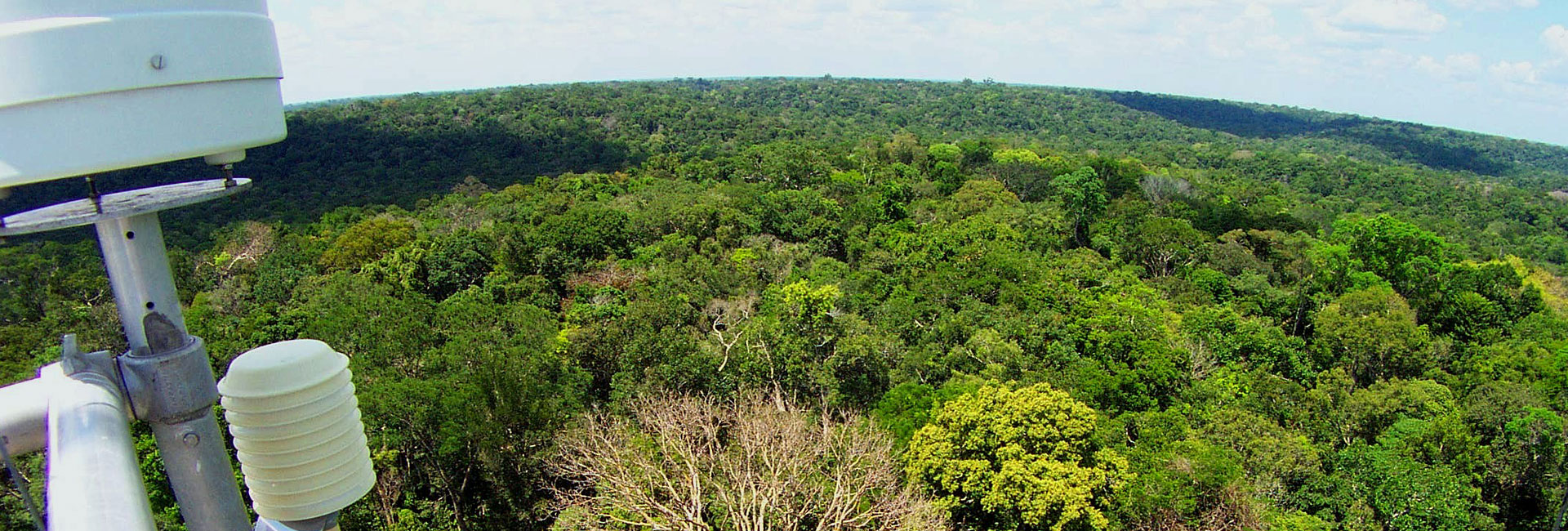The imminent sugarcane expansion into the Amazon
 On the day the Brazilian senate almost opened the Amazon region to sugarcane plantation, a letter in Science by Lucas Ferrante and Philip Fearnside alerts to the dangers that this liberation represents for Amazonian ecosystem integrity. Lucas currently works on his doctoral thesis in Ecology at INPA.
On the day the Brazilian senate almost opened the Amazon region to sugarcane plantation, a letter in Science by Lucas Ferrante and Philip Fearnside alerts to the dangers that this liberation represents for Amazonian ecosystem integrity. Lucas currently works on his doctoral thesis in Ecology at INPA.
The publication in Science was scheduled for 30 March 2018, but, as the Senate suddenly scheduled a decision on a bill that proposes to open the Amazon to sugarcane for 27 March, the online publication was anticipated to 26 March. Due to a lack of quorum, the decision was postponed to a later date.
Brazil is the world's largest sugarcane producer, yet its cultivation is currently prohibited in the Pantanal wetlands and in the Amazon region. However, eyeing the growing market for biofuels, the proposal to extend sugarcane plantations into the Amazon has been circulating in the Brazilian congress since 2011.
According to the bill, sugarcane plantation would be allowed only on degraded areas and natural Amazonian grasslands. The authors of the letter to Science point out that is has been established that impacts of sugarcane extend beyond the plantations into surrounding forests. Plantations in the Amazon will possibly have catastrophic effects on biodiversity and environmental services.
The disruption of the important climate regulation effects of the Amazon forest would have negative impacts throughout the South-American continent, including agricultural productivity in south and southeastern Brazil.
The doctoral project of Lucas Ferrante is supervised by Philip Fearnside and Débora Leite Silvano.
The image shows a section of the BR-319 highway in the south of Amazonas state, in the southwestern Brazilian Amazon. This region is under imminent threat of the agricultural frontier extending from the states of Mato Grosso and Rondônia.































